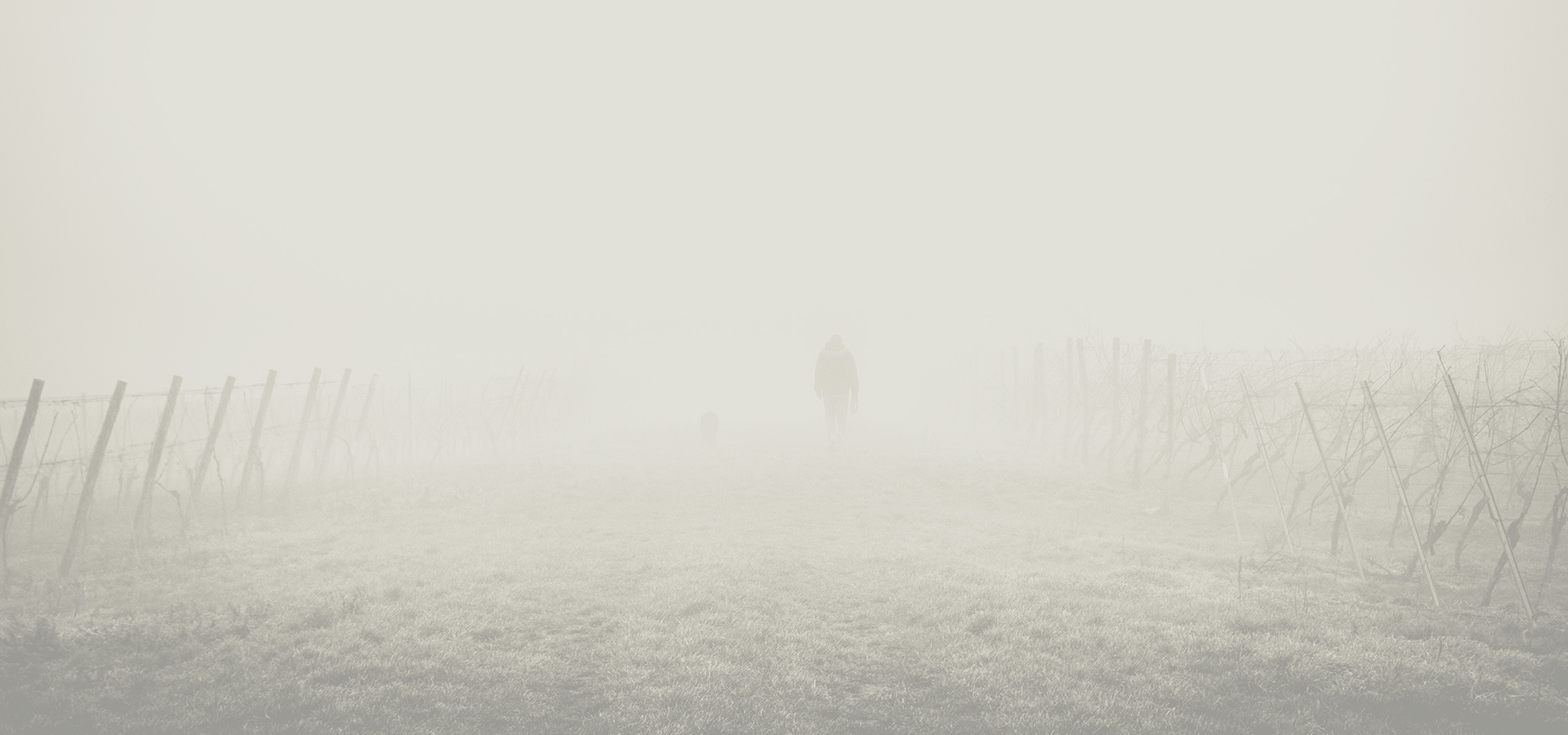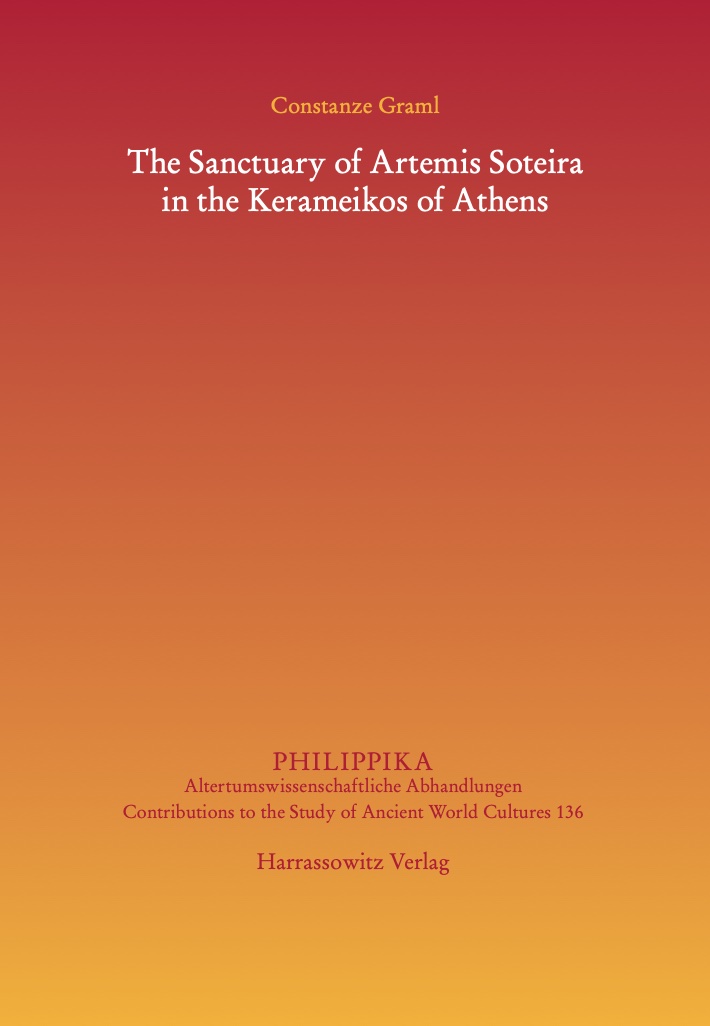Lorem ipsum dolor sit amet, consectetur adipiscing elit. Morbi eu nulla vehicula, sagittis tortor id, fermentum nunc. Donec gravida mi a condimentum rutrum. Praesent aliquet pellentesque nisi.


An excavation site like the Kerameikos, with a history spanning more than 150 years, might seem to an outsider like a “well-grazed field”. After all, every stone has already been turned over, not once, but many times. New insights into old excavations are accordingly often regarded with scepticism as later researchers will never have the same insight into the archaeological record as the original discoverer and first excavators did. Regarding the study at hand, which focusses on the newly identified sanctuary of Artemis Soteira in the Kerameikos of Athens, this simple fact results in a number of biases, which might seem obvious, but cannot be stressed enough. First, the original and untouched archaeological record is naturally destroyed while excavating. Second, the successors of the first generation of researchers will gain only filtered information, i. e. an already interpreted and maybe even altered/changed archaeological record, the interpretation of which is clearly influenced by the excavators’ own perception. This perception is shaped by their environment, cultural imprint, social status, moral concepts, religious beliefs, political ideas and countless other factors.
Contradictory archival data regarding the archaeological record or other seemingly inconsistent information may thus be due to the varying views and expectations of excavators, scholars and others brought to bear on archaeological records and finds. Sometimes, the source of these different views was the personal sphere where sympathies or antipathies between researchers – known from personal correspondence in letters or marginal notes in archival material – found their way into
scientific publications. And finally, the succeeding researchers themselves become the next perceptual filter. Their reading of archival data or analysis of old hand-drawn plans or artefacts is shaped by their own cultural imprint. One of the highly regarded research ideals, namely objectivity, is
thereby rendered an unattainable ideal. Regardless, abandoning research on intrictate subjects is no
solution. The attempt to crawl into the mind of a 19th century white male classicist remains challenging in every imaginable matter, especially for a 21st century female academic with a markedly different educaction. Besides, also the perception of the readers of this study may already have been
shaped by expectations acquired on the modern excavation site of the Kerameikos.